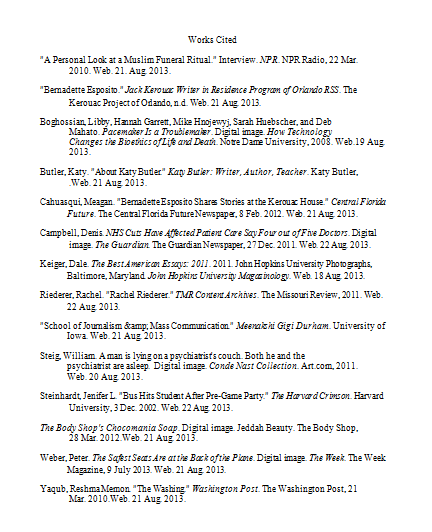"Beauty
is in the eye of the beholder". As unfortunate as it is, the human race is
a materialistic species. People value what they consider beautiful, and if it
doesn't meet their expectations, they pay no attention to it. This idea was
expertly applied in in January 2007 when The Washington Post decided to do a
psychological experiment: Get famous violinist Joshua Bell to play six of the
most complicated classical pieces ever written (including Bach’s Chaconne and Schubert’s Ave Maria), on a Stradivari violin from
1713, while wearing street-clothes in a Washington D.C. metro station, and see if
anyone will stop to listen.
After
45 minutes of playing, Bell only made $32 (from 27 people) and caught the
attention of only 7 who were willing to stop and take notice. This is
surprising because, in general, tickets to Bell’s performances cost hundreds of
dollars. Experienced Washington Post
reporter/columnist Gene Weingarten expertly uses exemplification and
testimonies to appeal to ethos and pathos in the text, and convince readers
that though “beauty is in the eye of the beholder”, people shouldn’t “judge a
book by its cover”. Through quotes from Joshua Bell, passerby, and acclaimed
composers, Weingarten establishes both the difficulty of the music Bell was
playing and Bell’s credibility as a musician. The examples he uses make Bell
seem like an authority in his field, and also signify how monumental the social
experiment was emotionally for the child-prodigy; why it was so sad that more
people ignored Bell than praised him. The vocabulary Weingarten includes also
adds to the curious mood of the article and the vivid imagery of the articles
examples and anecdotes. The author portrays nearly every character in his
article favorably and makes the events of this psychological study meaningful
to readers, whether they are fans of classical music or not. “Pearls Before
Breakfast” attempts to make readers more culturally aware and give them an eye
for “real beauty”.
The Man with the Violin. 2007. Photograph. Washington D.C. Hole in the Donut Cultural Travel. By Barbara Weibel. Barbara Weibel, 12 Sept. 2009. Web. 29 Sept. 2013.



